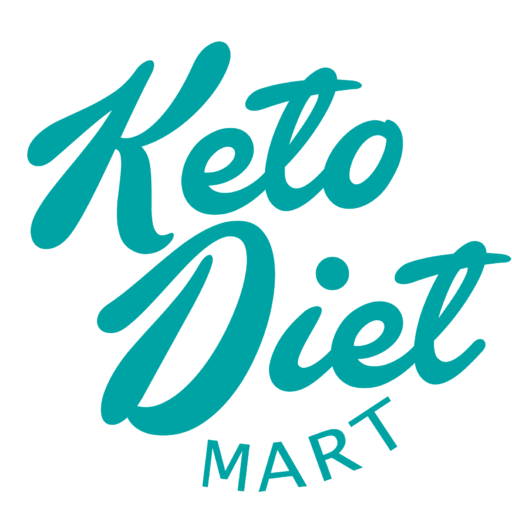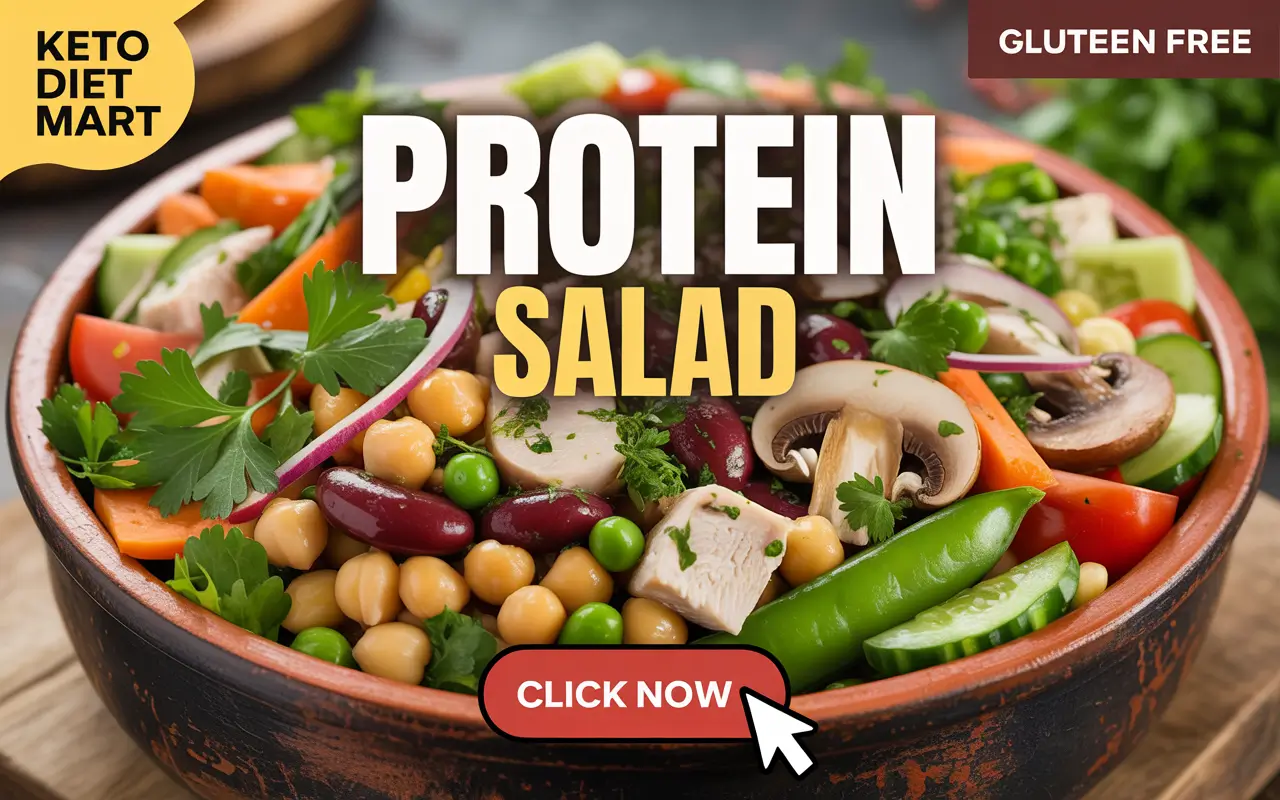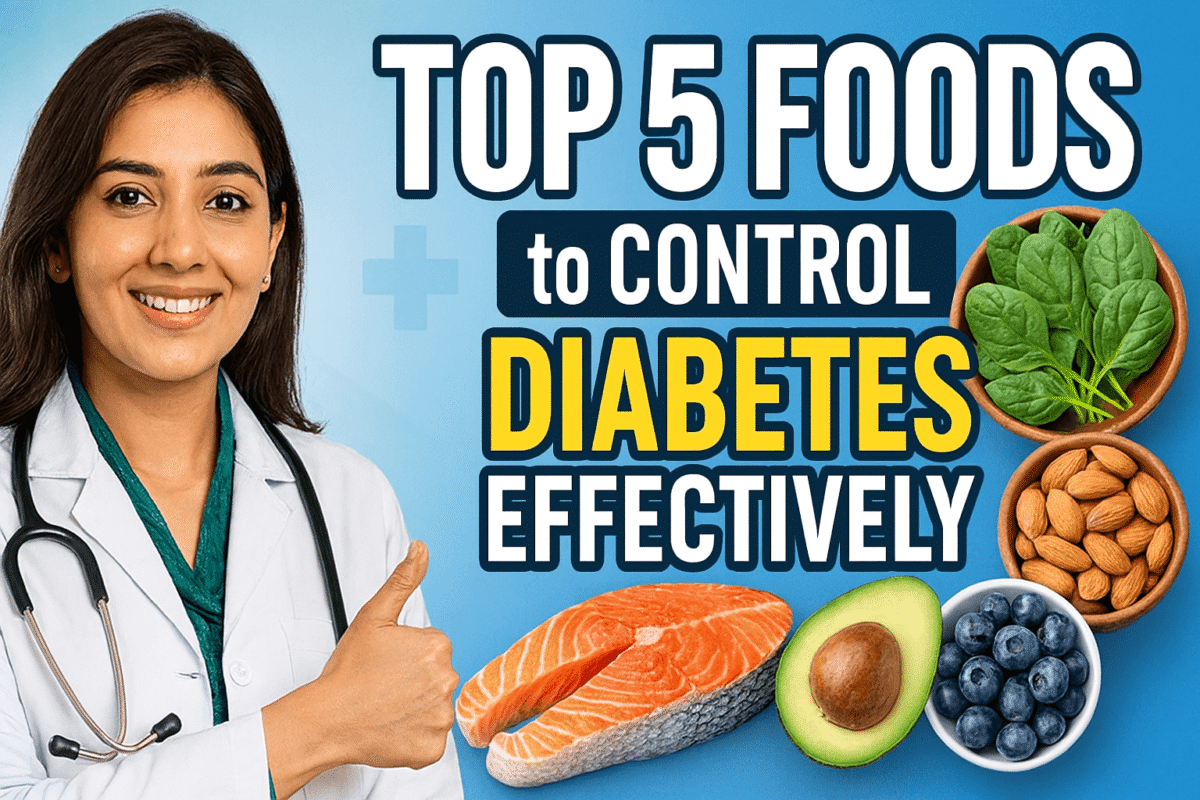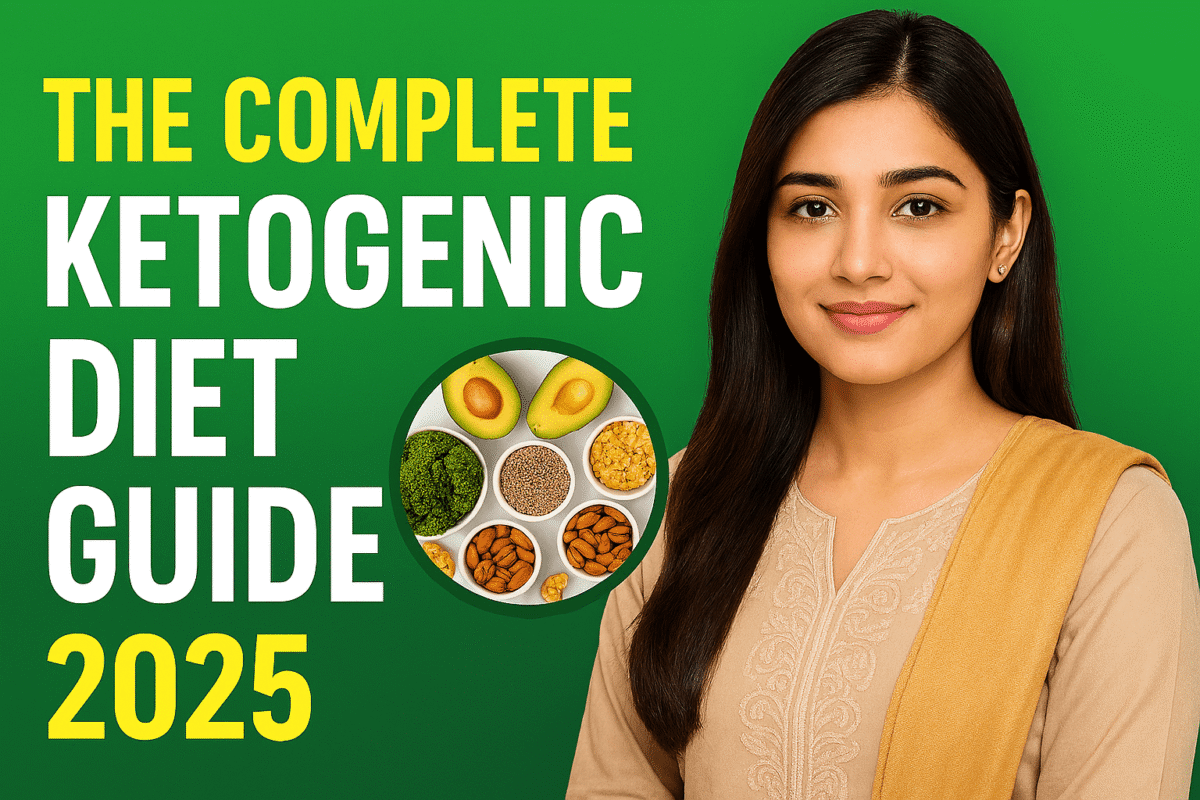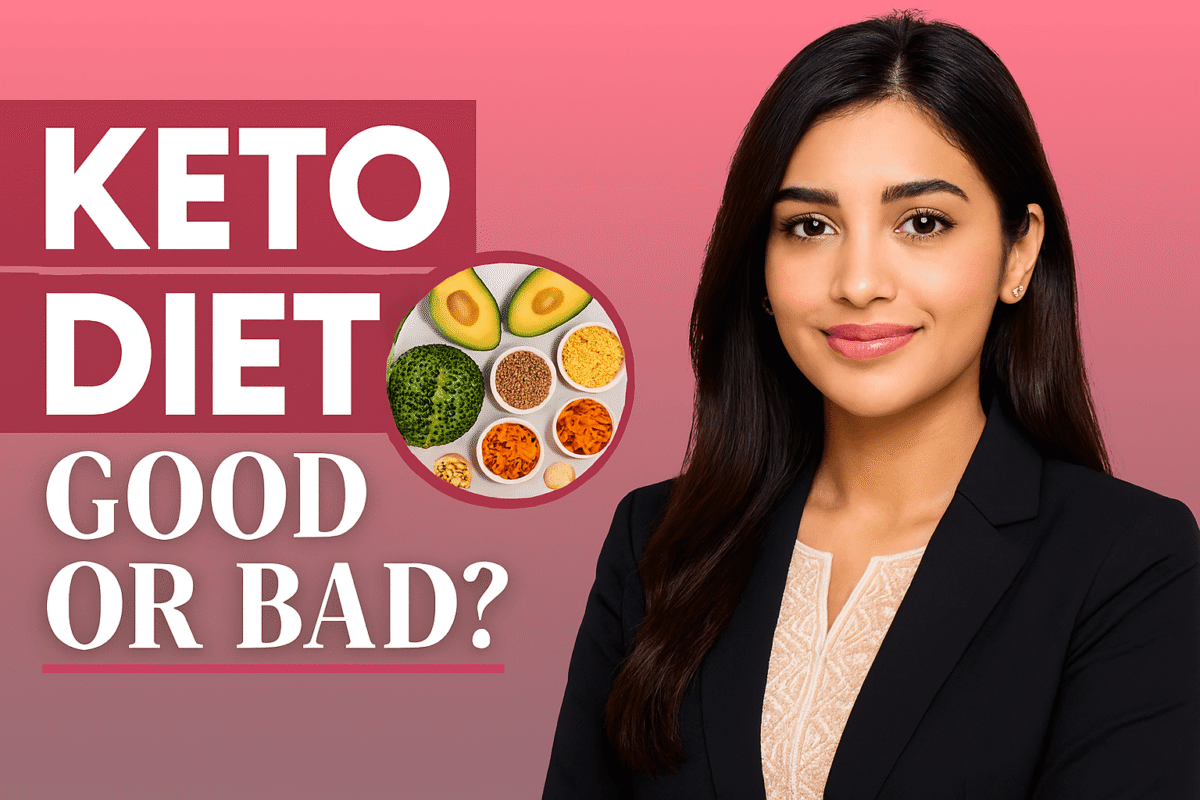Blog
The Ultimate Guide to Starting the Ketogenic Diet Correctly
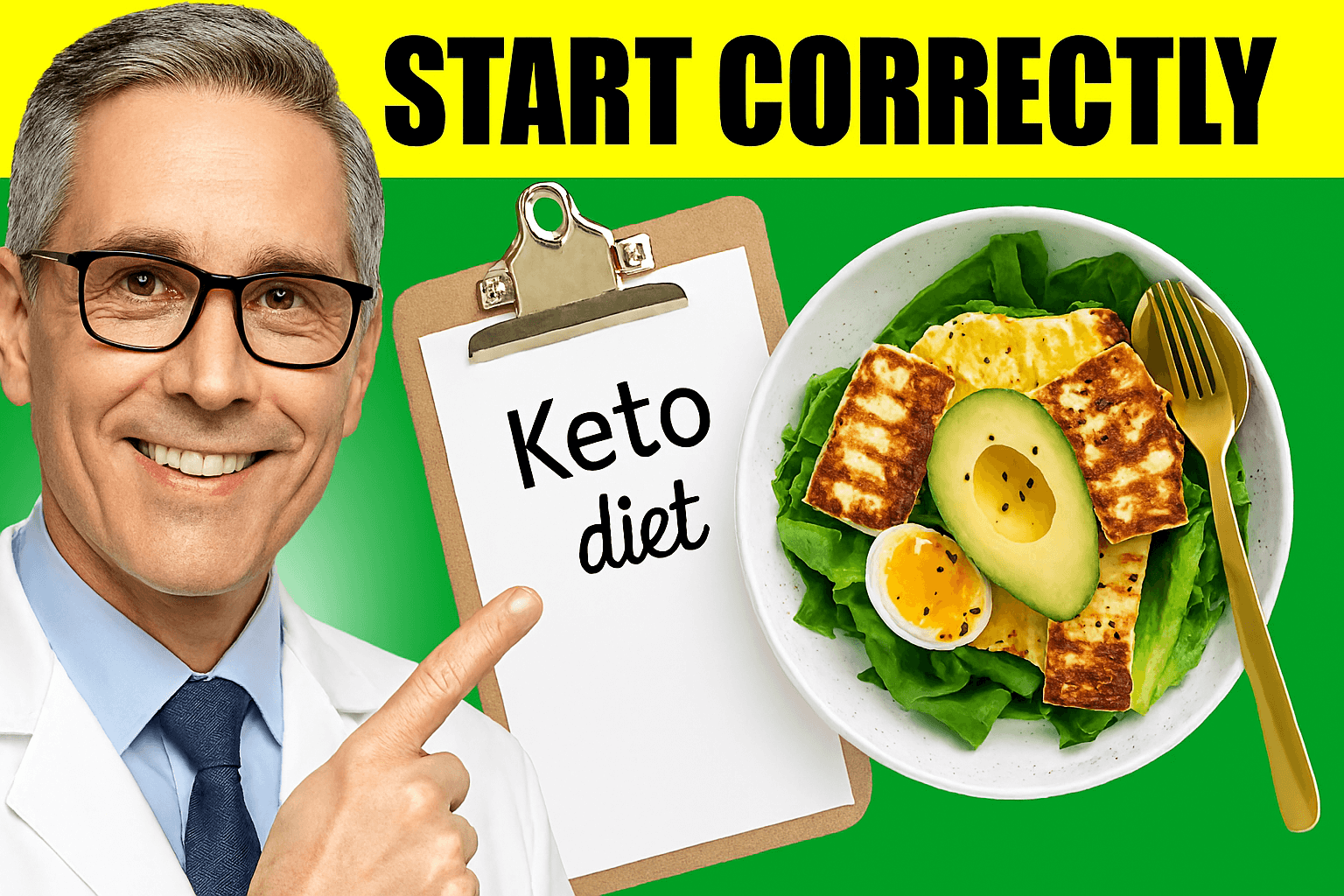
Starting a ketogenic diet can seem daunting, especially for beginners. With its emphasis on low carbohydrate intake and high fat consumption, the ketogenic diet offers a unique approach to weight management and health improvement. This comprehensive guide will provide you with essential tips to ensure you kick off your keto journey correctly, all while focusing on your long-term health and well-being.
Understanding the Ketogenic Diet
The main goal of the ketogenic diet is to switch your body's primary fuel source from glucose (sugar) to ketones (fat). This shift is crucial for effective fat burning, and it largely depends on controlling insulin levels in your body. The key hormone to monitor in the context of keto is insulin; lower insulin levels allow for improved fat metabolism.
The Role of Insulin
Insulin Regulation: High insulin levels lead your body to burn sugar for fuel. Conversely, when insulin levels are low, your body uses fat as energy.
Carbohydrate Intake: To lower insulin levels, it’s crucial to reduce carbohydrate intake significantly.
Key Principles to Start Keto Correctly
To begin your ketogenic diet on the right foot, consider the following principles:
1. Lower Your Carbohydrates
To effectively enter ketosis, you must cut out most carbohydrates, including sugars and starches. Here’s what to avoid:
Sugars: This includes honey, agave, brown sugar, and all typical sweeteners.
Fruits: Avoid all fruits except for small amounts of berries (raspberries, strawberries, and blackberries).
Grains: Eliminate wheat, rice, and other grains that are common in bread and pasta.
Starches: Say no to potatoes and focus on cauliflower as an alternative for mashed potatoes or pizza crust.
When shopping, always read food labels to check for hidden sugars and carbohydrates. Replace sugar with sugar alcohols, which can satisfy your sweet tooth without the carbohydrate load.
2. Increase Vegetable Intake
Eating vegetables is not only allowed but encouraged on a keto diet. Aim for at least seven cups a day, focusing on non-starchy varieties. Here are some recommended vegetables:
Leafy Greens: Spinach, kale, and broccoli.
Cruciferous Veggies: Cauliflower and Brussels sprouts.
Other Options: Bell peppers, cabbage, and even carrots and tomatoes in moderation.
These vegetables are low in calories but high in nutrients, providing your body with the essential vitamins and minerals it needs while helping to regulate blood sugar levels. For maximum benefit, eat your vegetables first during meals before consuming protein and fats.
3. Moderated Protein Consumption
Unlike some high-protein diets, the ketogenic diet encourages moderated protein intake. The recommended serving size varies based on age, activity level, and health status, but generally, aim for:
3 to 8 ounces of protein per meal, which can be measured approximately by the size of your palm.
Protein Sources Include:
Meats: Beef, pork, chicken, and fish.
Eggs: Whole eggs provide both protein and healthy fats.
Dairy: Cheese treated with caution if you have lactose sensitivity.
Nuts: Opt for nuts and nut butters, ensuring they do not have added sugars.
4. Emphasize Healthy Fats
On a ketogenic diet, you increase your fat intake significantly. Fats should ideally come from healthy sources:
Avocado and Olive Oil: Excellent sources of monounsaturated fats.
Coconut Oil: Known for its Medium-Chain Triglycerides (MCTs), which can help with boosting ketone production.
Nuts and Seeds: Great for snacking but keep portion control in mind.
However, avoid unhealthy fats often found in processed foods:
Hydrogenated and Refined Oils: Soy, corn, canola, and others should be minimized as they can promote inflammation.
5. Meal Frequency and Intermittent Fasting
A significant aspect of lasting success on a ketogenic diet is meal timing and frequency.
Eat Less Frequently: Try not to eat unless you are genuinely hungry. This approach often leads to less overall caloric intake.
Skip Breakfast: Gradually move your first meal later in the day or skip it entirely to enter the fasting state. A good alternative to breakfast is coffee with added fats like butter or MCT oil to ensure energy levels remain steady throughout the morning.
No Snacking: Avoid snacking to prevent insulin spikes at all times of the day. Instead, focus on satisfying meals to keep hunger at bay and provide enough energy through the day.
6. Hydration and Supplementation
Staying hydrated is essential while on any diet. During ketosis, your body may lose electrolytes; therefore, consider mineral supplementation for potassium, magnesium, and sodium to maintain balance. Drink plenty of water, herbal teas, or black coffee without sugar.
Conclusion: Embracing the Keto Lifestyle
Starting a ketogenic diet doesn't have to be overwhelming. By focusing on low carbohydrates, high healthy fats, and moderate protein, you can effectively transition your body into ketosis while prioritizing your health. Remember to include a variety of vegetables for nutrients and to stay hydrated.
Embark on your keto journey with confidence. If you have any questions or need personalized advice, consider consulting a keto specialist.
